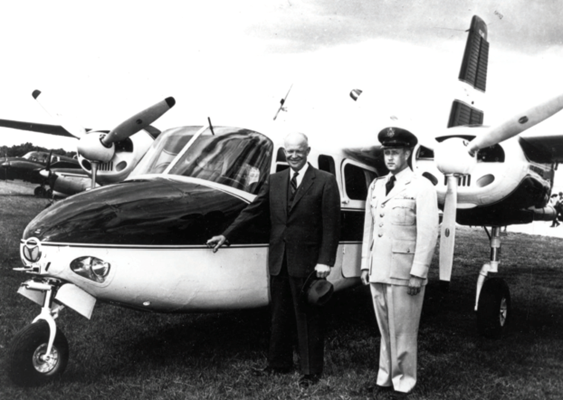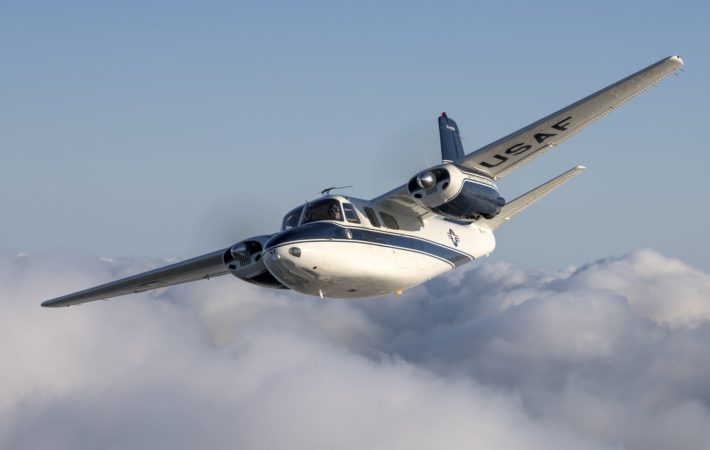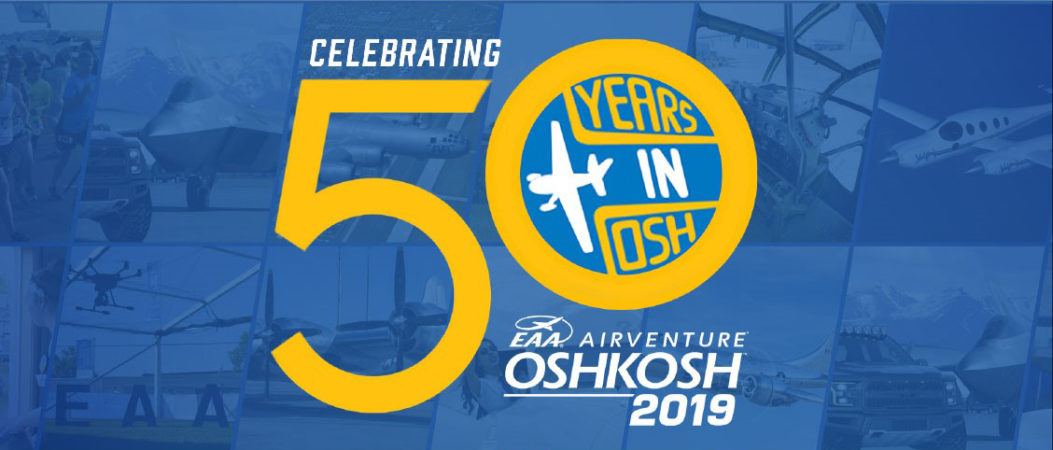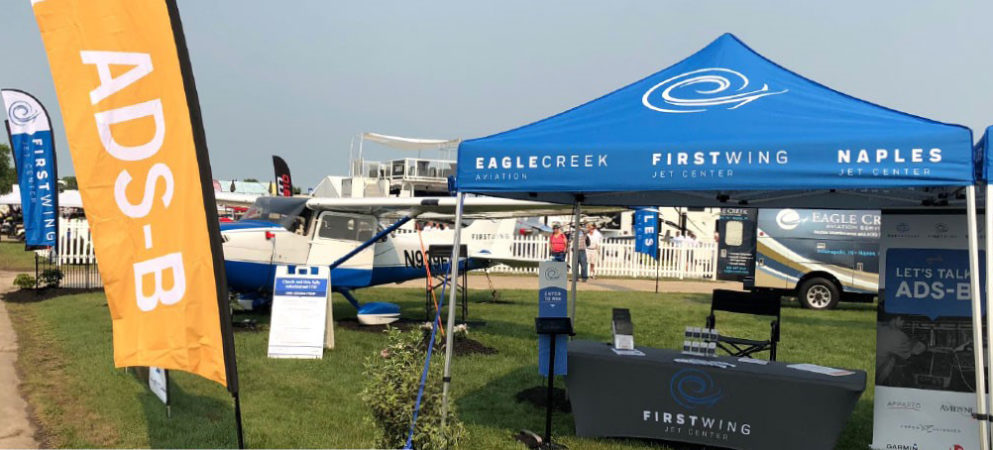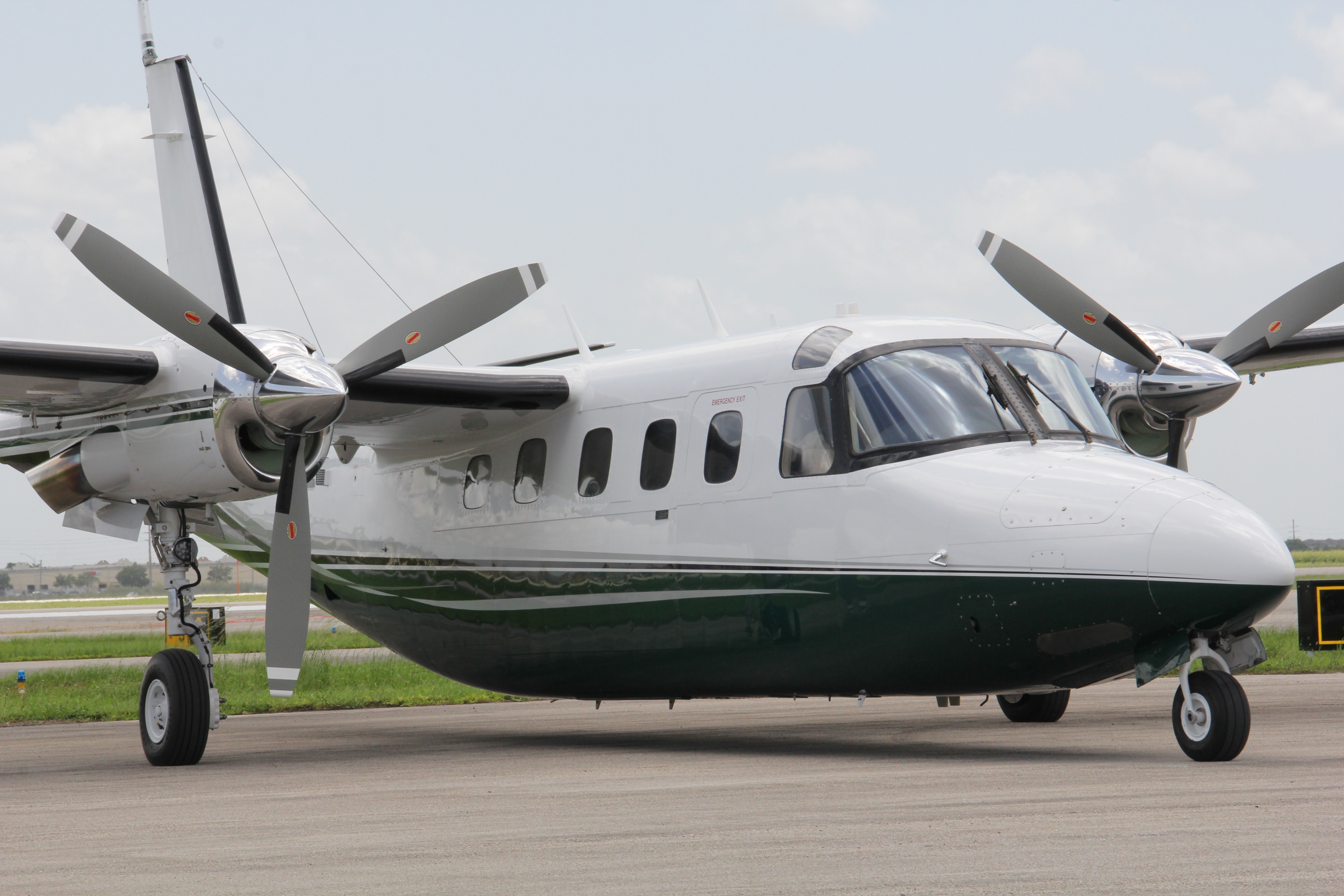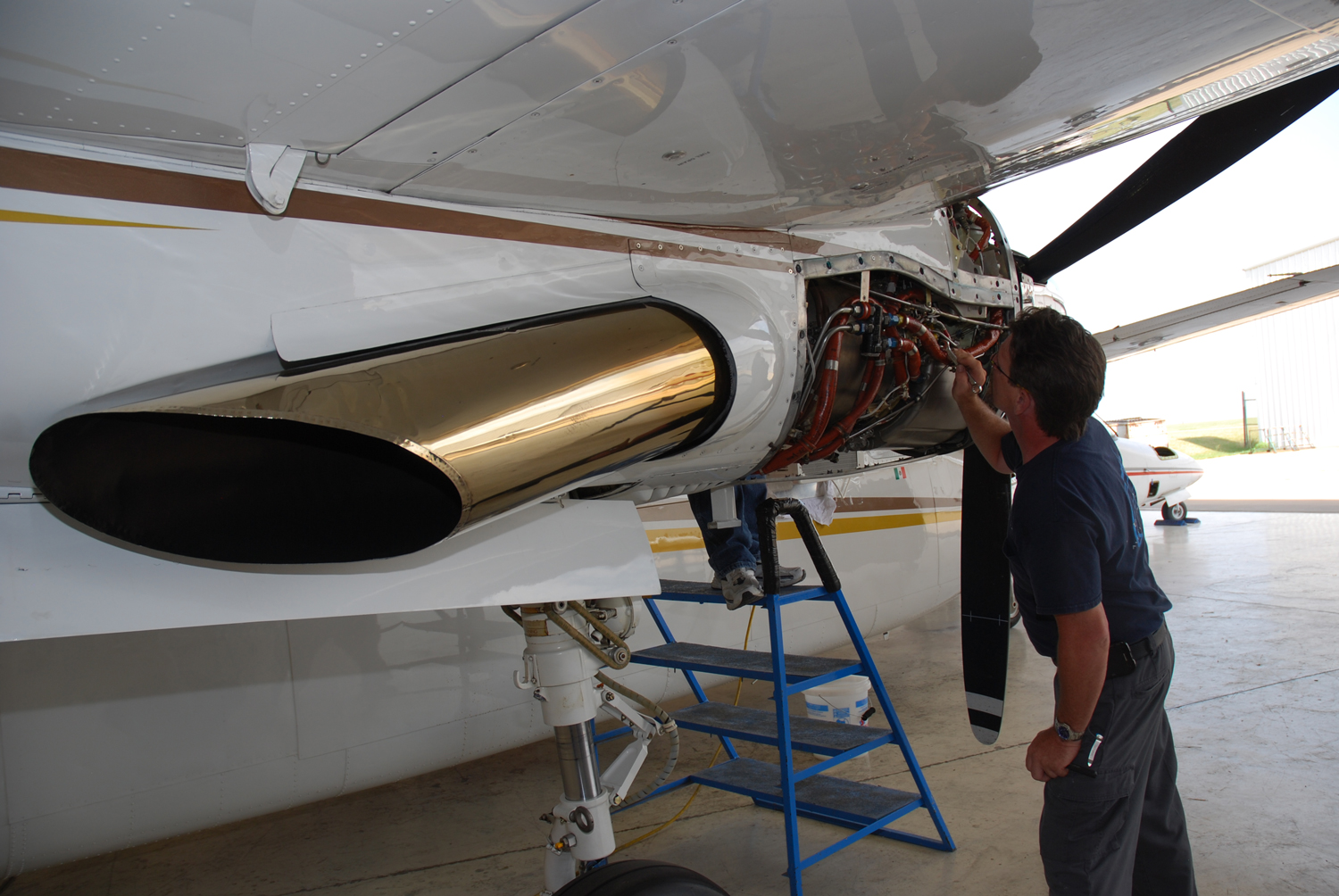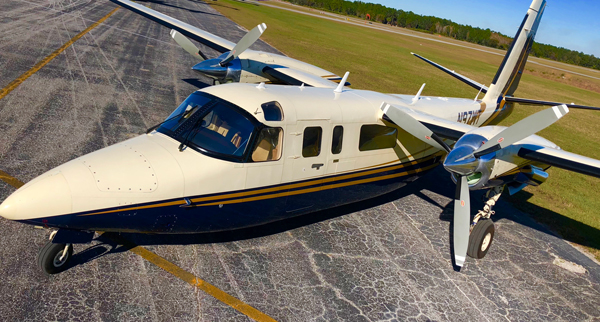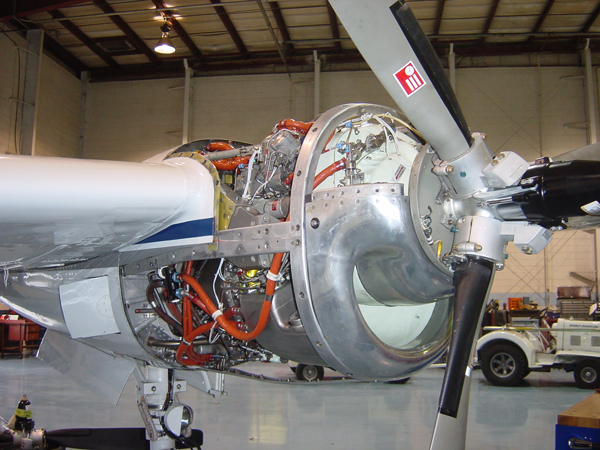Latest Flight Levels Available Online

Author Dave Duntz has given the Twin Commander world a gift. The former Aerostar owner spent years researching and writing an authoritative history of Ted Smith and his designs. We sit down with Duntz to discuss his book, Stars and Commanders: The Life and Vision of Ted Smith, for the latest issue of Flight Levels, which is now online.
Also in this issue, learn about the capabilities and history of Twin Commander Factory Authorized Service Center Winner Aviation, discover the basics of autopilot methodology, read about what to check on your Commander after a long downtime, and learn why Business Unit Director Brian Harbaugh thinks Twin Commander Aircraft is in a healthy position.
Finally, we remember Geoffrey Pence, the longtime technical service manager and Twin Commander expert. Read this and more in the latest issue.
Take Your Twin Commander to the Gym
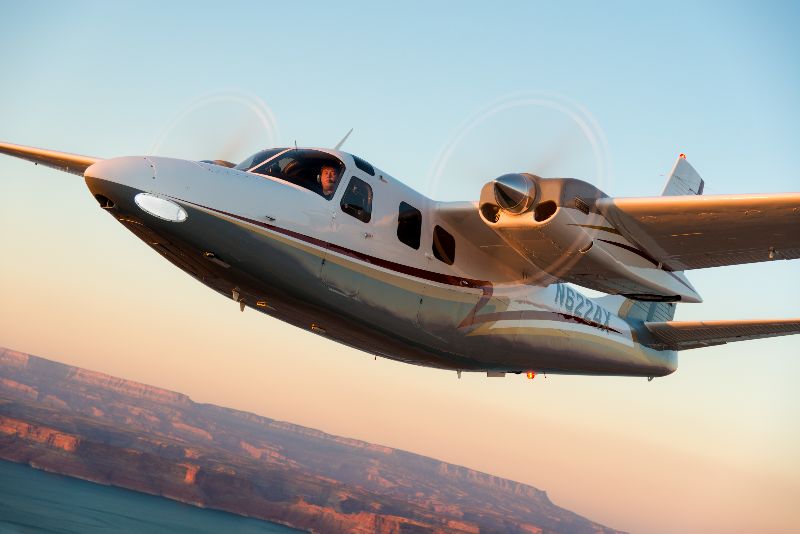
As aircraft around the world sit dormant for extended periods due to the coronavirus, a host of potential safety issues come to the surface. Pilot proficiency is one of the first things to suffer, but aircraft systems may be impacted as well. This issue became serious for Boeing recently as an airworthiness directive was issued on certain 737s that had been sitting because of the pandemic. It was suspected that bleed air valves stuck open, causing in-flight shutdowns. There’s no evidence that any Twin Commanders have suffered a similar fate, but the longer an airplane sits, the more likely it is that the performance of things like tires, hoses, lines, and valves will degrade. If airlines are any guide, many have chosen to exercise weekly their fleets of 737 Max while they await a software fix. You, too, should be exercising your airplane. If possible, fly the airplane once a week to keep the engines and other components fresh. You can also take this opportunity to perform the 150-hour inspection a few hours early, or opt for an upgrade that’s currently on sale at your factory authorized Twin Commander service center.
FAA Cracking Down on Illegal Charter
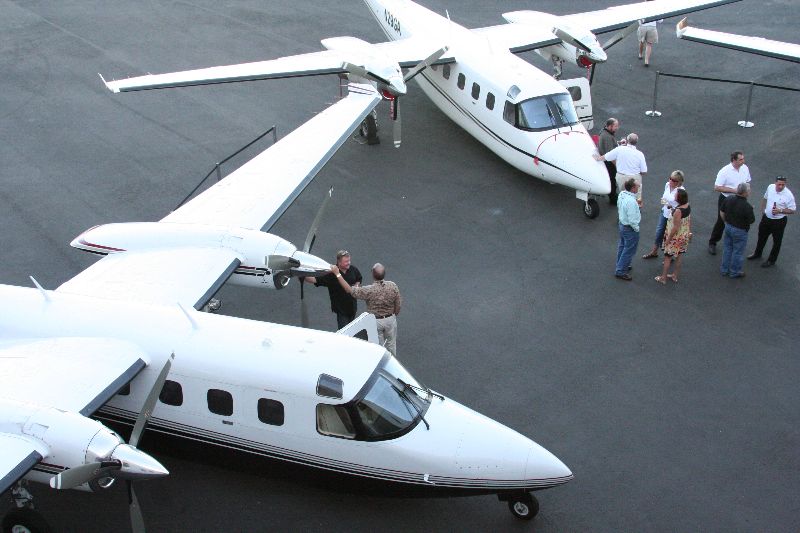
Earlier this year the FAA took the extraordinary step of messaging every pilot in the database to pass on a very important reminder—on-demand operations require a charter certificate, and running afoul of the regulations isn’t as hard as you may think. Left unsaid in the message was that the agency is aggressively pursuing those who don’t follow the rules.
Most pilots and aircraft operators know a Commercial pilot certificate is needed to fly for compensation or hire, and that on-demand flying requires a charter certificate. But the meaning of “holding out for the purpose of charter” has often been up to the FAA’s interpretation. Recently that interpretation has tended toward the very strict, with pilots and operators being investigated for activities some previously considered cost-sharing. What’s worse, as AOPA has made clear in recent months, is that the pilot is often the first point in the investigation.
It may come as a surprise to pilots that, according to the FAA’s guidance, some common operations that require a charter certificate include:
- Any dry lease without sufficient legal distance between the pilots and the lessor. For example, if the lease contract requires the operator to use a certain pilot or group of pilots, even if those pilots are independently paid and contracted.
- Advertising for cost-sharing. The FAA said in its message that while cost-sharing is allowed, “advertising in any form (word of mouth, website, reputation, etc.) raises the question of ‘holding-out.’”
- Not flying with a common purpose. In Advisory Circular 61-142, the FAA said that the pilot and passenger must have a common purpose for the trip. For example, if a friend asks you to fly him to the international airport in order to catch a flight, you can’t split the costs unless you have a reason to be at that airport or in that city as well.
In the FAA message and in AC 61-142, the FAA gives dozens of examples of situations it may view as charter flights. If you share costs often or take friends or business acquaintances on trips it is worth your time to review the guidance.
Naples Jet Center Under New Ownership

Naples Jet Center Holdings LLC, an investment group led by Byerly Aviation’s Bruce Byerly, has purchased the Naples Jet Center, a Twin Commander Factory Authorized Service Center. Previously owned by the First Wing family of companies that includes Eagle Creek Aviation Services, Byerly recently took control of the busy Southwest Florida facility he helped start. Byerly said customers won’t see any immediate changes as he takes the helm although significant development plans are taking shape. Although NJC will share resources and expertise with Byerly Aviation, the companies are separate entities with unique management groups. Naples Jet Center includes a busy FBO operation, a 94,000 square feet facility, maintenance, repair, charter, sales, and aircraft management capabilities. Byerly said business has been brisk thus far, despite the pandemic. “Naples is an exciting place for aviation. We’re thrilled to offer Commander owners from across the country and internationally an experienced and passionate support team” he said.

